JAMES M. DORSEY, Al Arabiya
Saudi Arabia is meeting an Iranian challenge to its leadership of the 12-nation Organization of Petroleum
Exporting Countries (OPEC) head on in an escalating dispute between the group’s two largest producers that is raising questions about the cartel’s credibility and concern that it could lead to its demise. The kingdom signaled its intention to confront Iran and meet potential shortages in supply as a result of disruptions of oil production in Libya and Yemen in the wake of mass anti-government protests and escalating violence by offering Asian refiners more crude. To be able to do so, Saudi Arabia will boost production next month from 8.8 million to 10 million barrels per day, the Saudi-owned newspaper Al Hayat reported.
The Saudi offers comes days after an OPEC policy-making meeting of oil ministers failed for the first time in a decade to agree on production levels because price hawk Iran supported by Libya, Venezuela, Angola and Ecuador for the first time in a decade refused to acquiesce to Saudi intentions to keep the oil price in check by ensuring that supply meets demand.
The meeting’s failure, a fall-out of an escalating cold war between Saudi Arabia and Iran as a result of mass anti-government protests sweeping the Middle East and Africa, sent stock markets south this week and sparked fears that oil prices could soar to $150 a barrel in the coming months and fuel inflation in consumer nations.
Saudi Arabia wanted to raise production from some 25 million barrels a day, a level that is already above agreed production quotas, to 30.87 million barrels to meet projected increased global demand of 2 million barrels per day more oil for the third quarter of this year and 1.5 million the fourth quarter.
The projected increase is driven by Asia with China and India in the lead. Asia is expected to burn 900,000 barrels per day more oil in 2011 than 2010, accounting for some 70 percent of the 1.29 million barrels per day in projected growth of global demand growth this year, according to the Paris-based International Energy Agency (IEA).
Unlike Iran and its backers who were hoping to hike oil prices to fund domestic spending, Saudi Arabia signaled with its unilateral production increase that it was seeking to slow down the rise in prices. Oil has been trading in recent weeks near their price highs in 2.5 years as a result of fears that the anti-government protests would prevent OPEC from meeting rising demand.
The Saudi decision to increase production is also designed to ensure that it maintains its market position in China at a time that OPEC and non-OPEC producers are competing to secure if not expand their access to the Chinese market. China is expected to bring online 500,000 barrels per day in new refining capacity this year.
The Saudi-Iranian cold war and the fact that OPEC members have broken with past practice of not airing publicly policy differences has tarnished the cartel’s image and raised the specter of it splitting into a Saudi-led group of moderates and an Iranian-led one of price hawks. Saudi Arabia’s Oil and Energy Resources Minister Ali Bin Ibrahim Al Naimi emerged this week from the OPEC gathering in Vienna saying in an unusually frank remark that it was “one of the worst meetings we’ve ever had.”
Questions about the cartel’s future are also being fuelled by the fact that OPEC’s next policy-making meeting is scheduled for December. Six months is a long time at a moment that turmoil in the Middle East and North Africa is more likely than not to get worse. That coupled with the fact that OPEC has been rendered impotent as a market maker and projected increased demand could send oil prices spiraling.
Few doubt that escalating tensions between Saudi Arabia and Iran played an important role in the crisis engulfing OPEC, but some analysts and OPEC officials argue that the differences between the two producers were more about assessments of demand and whether a production hike was needed than about political issues beyond OPEC’s purview.
Those issues stem from accusations by Saudi Arabia and its oil-rich Gulf allies that Iran is instigating protests that have already toppled the presidents of Egypt and Tunisia, provoked brutal crackdowns and escalating violence in Libya, Syria and Yemen and could threaten the governments of others in the Middle East and North Africa.
Saudi concern about Iranian interference is further fuelled by the fact that Shiite Muslim and Iranian assertiveness in the region has been on the rise ever since the last Gulf war that replaced the Sunni minority regime in Iraq of Saddam Hussein with Shiite majority rule.
Tension between Saudi Arabia and Iran heightened after Saudi troops entered Bahrain where a Sunni monarch was fending off predominantly Shiite protesters. Saudi Arabia has positioned itself as the leader of an Arab bloc determined to preserve the status quo in the region to the degree possible while Iran has championed the protests across the region except for in Syria, its closest Arab ally.
By signaling its intention to raise production and offering those refiners interested additional supplies, Saudi Arabia, one of the few, if not the only OPEC producer capable of increasing its output, signaled that is capable and willing to act as the stabilizer of the oil market.
The United States and other consumers are certain to be reassured by expectations that the kingdom is likely to thwart Iranian-led efforts to spark a price hike. The question is whether Saudi Arabia can single-handedly replace OPEC as the market stabilizer should this week’s failed meeting signal the beginning of the cartel’s end.
(James M. Dorsey, formerly of The Wall Street Journal, is a senior researcher at the National University of Singapore’s Middle East Institute and the author of the blog, The Turbulent World of Middle East Soccer. He can be reached via email at: questfze@gmail.com)
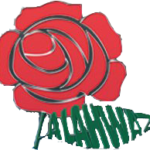


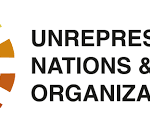




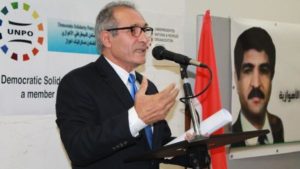
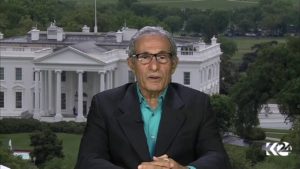
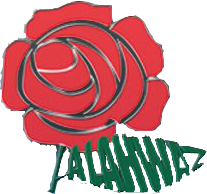
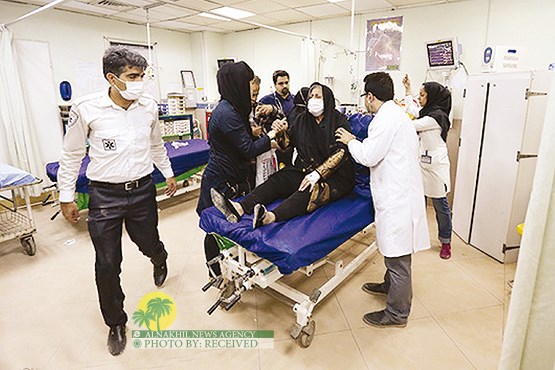




+ There are no comments
Add yours